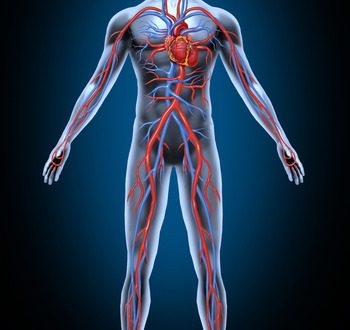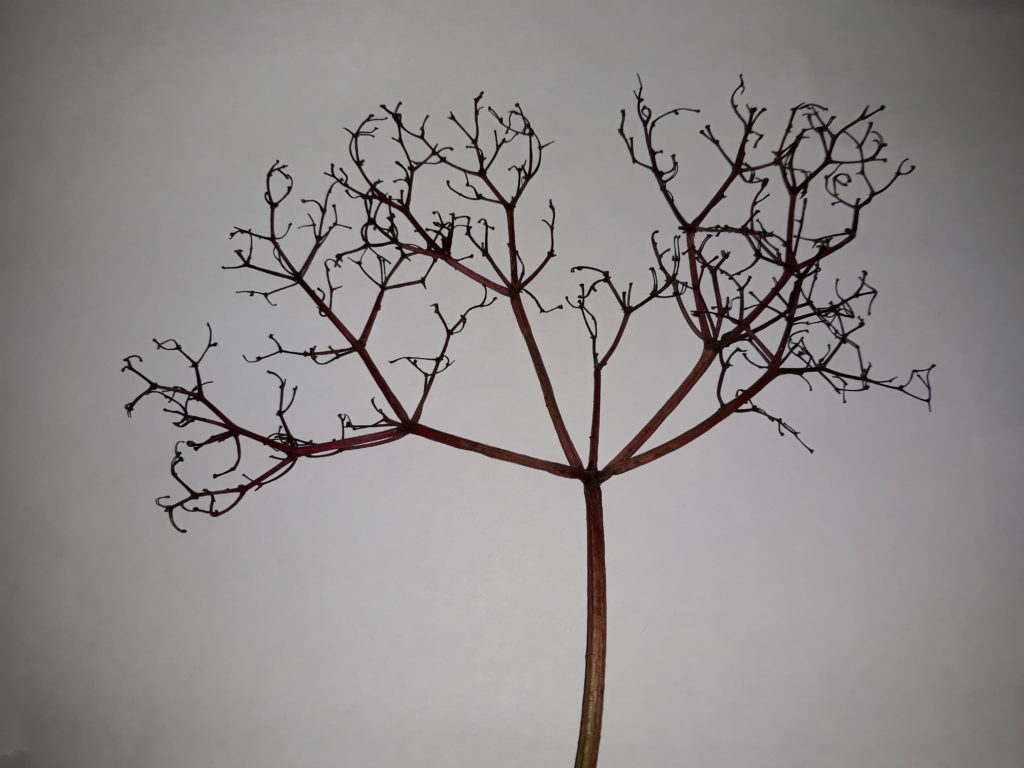Critical Mass and in particular the butterfly effect interested me because it is connected with, and indeed arose from, studies that the meteorologist Edward Lorentz was doing on the weather, which is one thing in nature that I always feel is as unpredictable as human behaviour.
And it was while doing these studies that the rudiments of chaos theory were formulated, and connections were made by Lorentz with previous studies in physics in particular Heisenberg’s Uncertainty Principle.
It is also interesting to note, in considering systems theory – that is, how everything affects everything else – that the growth of interest in chaos (and indeed, an appreciation of chaos) was not confined to the world of mathematics and physics.
In music, chaos was evident in the growth in popularity of jazz. It was around this time that it became acceptable to write poetry that didn’t rhyme, and modern art also had a far more chaotic aspect than the works of the old masters of the Renaissance, or even the impressionists.
Of relevance to this website, it was also around this time that Sigmund Freud [1] was formulating his groundbreaking theories on how unhappiness, discontentment and even mental illness in adults were linked to suffering as children – challenging many long-held beliefs about people being mad, or possessed by devils etc.
And perhaps Heisenberg and his colleagues’ unconscious minds were more open to uncertainty than previous generations of scientists. Systems theory would suggest this. After all, uncertainty had been gathering some momentum in European society from the mid-19th Century on.
Looking back today on the late 19th or early 20th Century Western World, it is hard to imagine how different this must have been for people who always knew their place in society – and were virtually certain of it from birth to death. It can’t be a coincidence that allowing every adult to vote (first all men, but some decades afterwards all men and women) that led to so much uncertainty paralleled the scientific, social and medical upheavals of that period.
(As an aside, it is worth noting that democracy, where the general public vote for candidates that put themselves forward to represent the ordinary citizen’s interest in a secret ballot – that we take for granted nowadays, is only about 140 years old – in the Western World anyway. But in what the Western World regards as primitive societies, the democratic selection of wise elders as leaders is, and always has been commonplace).
The Uncertainty Principle was initially concerned with the behaviour of sub-atomic particles but Lorentz applied the principle to the weather, and from it developed general theories on the incidence of chaos in nature.
Still further developments included applications in the general area of evolution of systems that can be deemed to be complex. I define complex here to mean a system that has many variables, that is; things that change (vary) over time.
The uncertainty principle suggests that the evolution or the growth over time of a complex system cannot be accurately predicted.
When applied to humans, I suggest that the family is an example of a complex system, as it contains many elements that vary over time.
Uncertainty and chaos have relevance and/or implications in child protection within families affected by imprisonment – and their relevance and implications need to be taken seriously.
[1]. The father of modern psychotherapy, Sigmund Freud, who was a medical doctor, developed theories focused on the importance of healthy emotional development to ongoing mental health. Much reading on Freud and his theories is available from a wide variety of sources.



